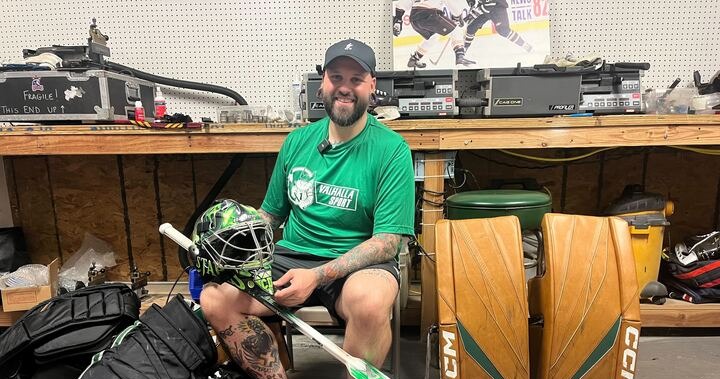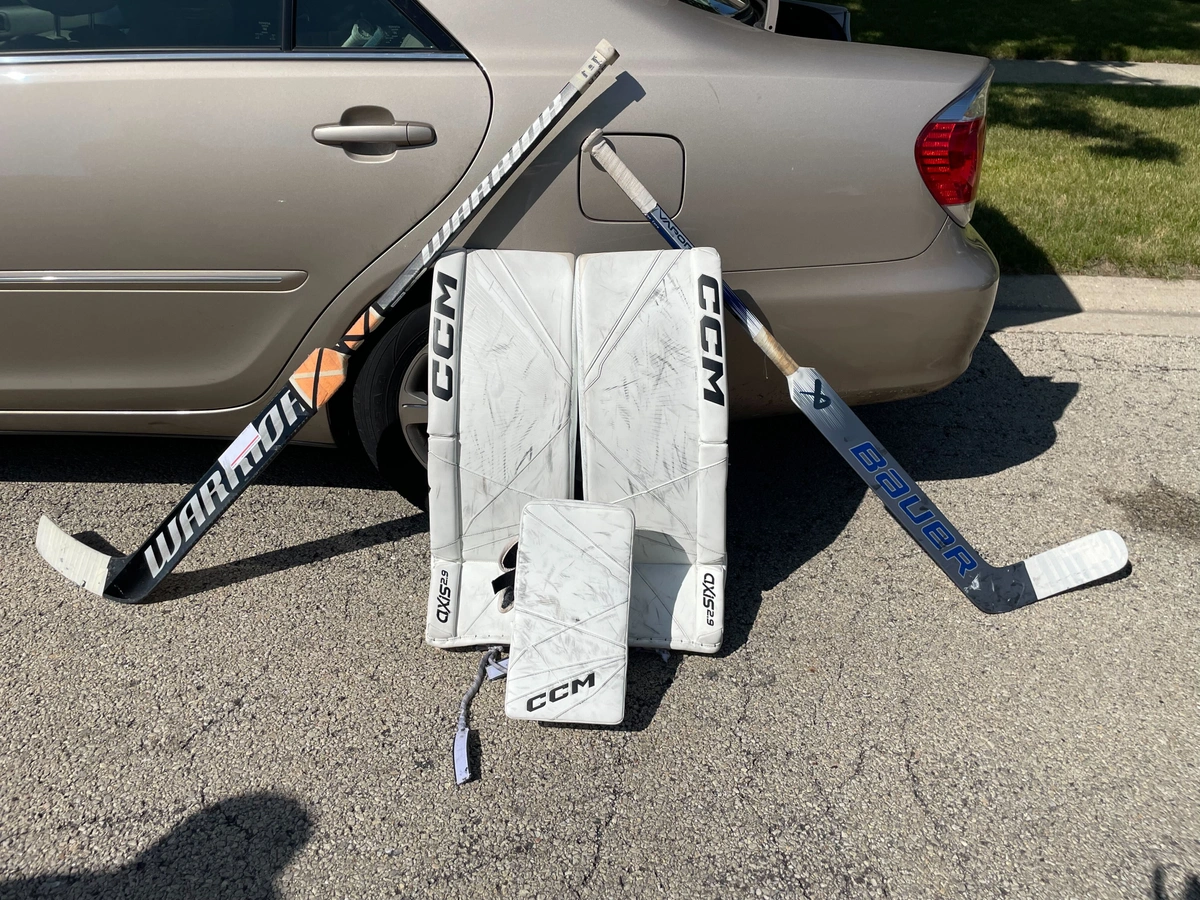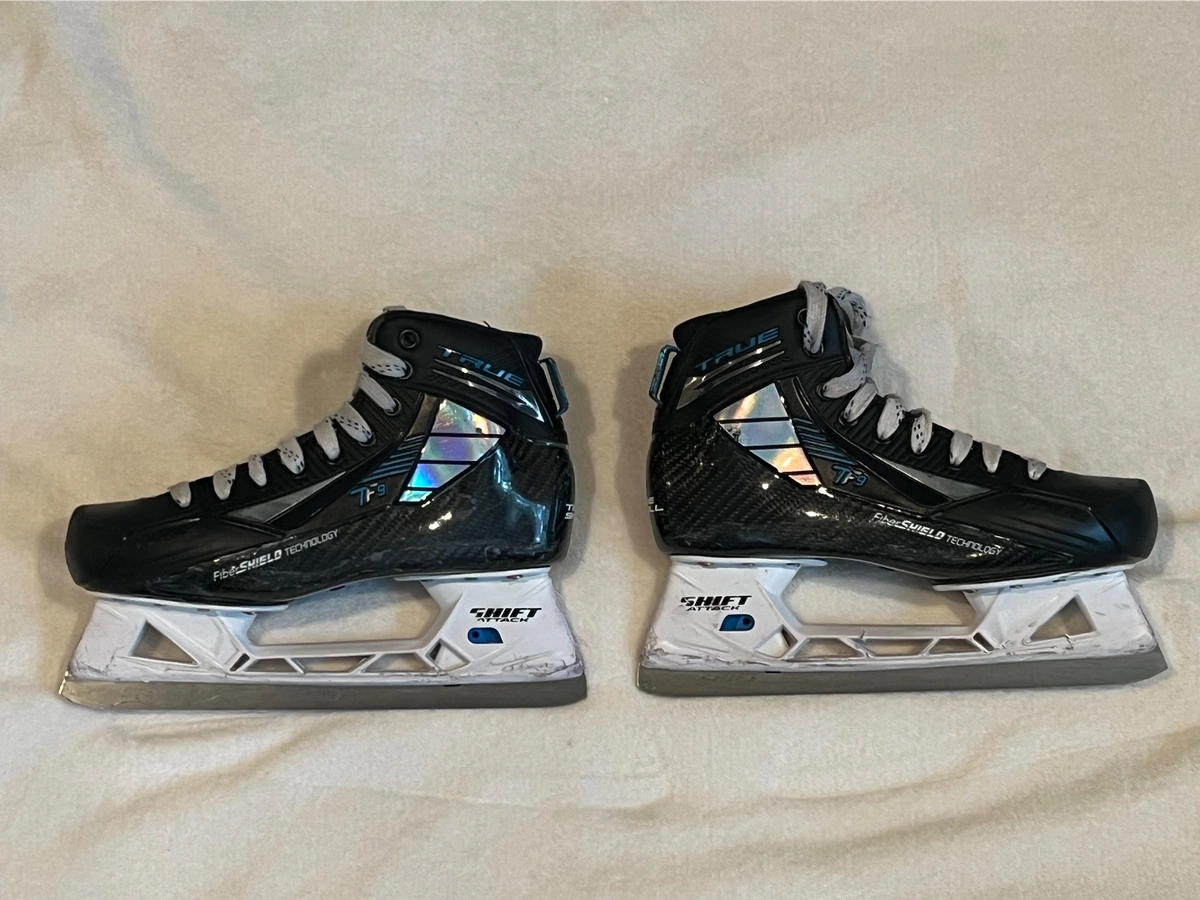Trending Hockey Gear
See moreSave search
50,000+ Results
Senior(1x)Right P91A 87 Flex PROBLACKSTOCK Pro Black Out Nexus 2n Pro Stock Hockey Stick
$148
Retail price: $800New - Custom Warrior Ritual V2 Pro Goalie Stick; 26” Senior; Regular Hand; W32 (Mid)
$150
Retail price: $250Intermediate Right Handed Sher-Wood Rekker Element Pro Hockey Stick - PP88 60 Flex
$72$8010%
Retail price: $220
New - Custom Warrior Ritual V2 Pro Goalie Stick; 26” Senior; Regular Hand; W32 (Mid)
$150
Retail price: $250Related Articles

How I made $3,000 selling my used hockey gear + insider tips
My most successful month of selling on SidelineSwap can be broken down to three important parts.

Sideline Side Hustle: How To Cash in Reselling Your Used Hockey Goalie Gear.
Have you ever heard the old saying “One man’s trash is another man’s treasure?” I firmly believe that most hockey equipment holds its value very well. Here is a step by step on how to resell your gear and cash in.

Signs You Need to Replace Your Hockey Skates
Even the most reliable skates have a lifespan. Here are four key signs that it's time to trade in your current skates.
Top Brands in Hockey Gear & Equipment
True Hockey SkatesVaughn Hockey Goalie Chest & Arm ProtectorsTrue Hockey Goalie SticksCCM Hockey BagsBrian's Goalie GearBauer Inline SkatesCCM Hockey GlovesWarrior Hockey GlovesJofa Hockey HelmetsBauer Hockey SticksCCM Hockey SticksWarrior Hockey SticksEaston Hockey SticksBauer Hockey SkatesCCM Hockey SkatesBauer Goalie PadsVaughn Goalie PadsCCM Goalie Pads
Related Searches in Hockey Gear & Equipment
Youth Hockey SkatesSize 13 Hockey SkatesUsed Hockey Goalie Full SetsGoalie Cut Hockey JerseysUsed Hockey SticksUsed Hockey SkatesUsed Hockey Gear & EquipmentNHL JerseysPro Stock Hockey SticksYouth Hockey SticksLeft Handed Hockey SticksPro Stock Hockey GlovesPro Stock Senior Hockey GlovesYouth Hockey Pants













































